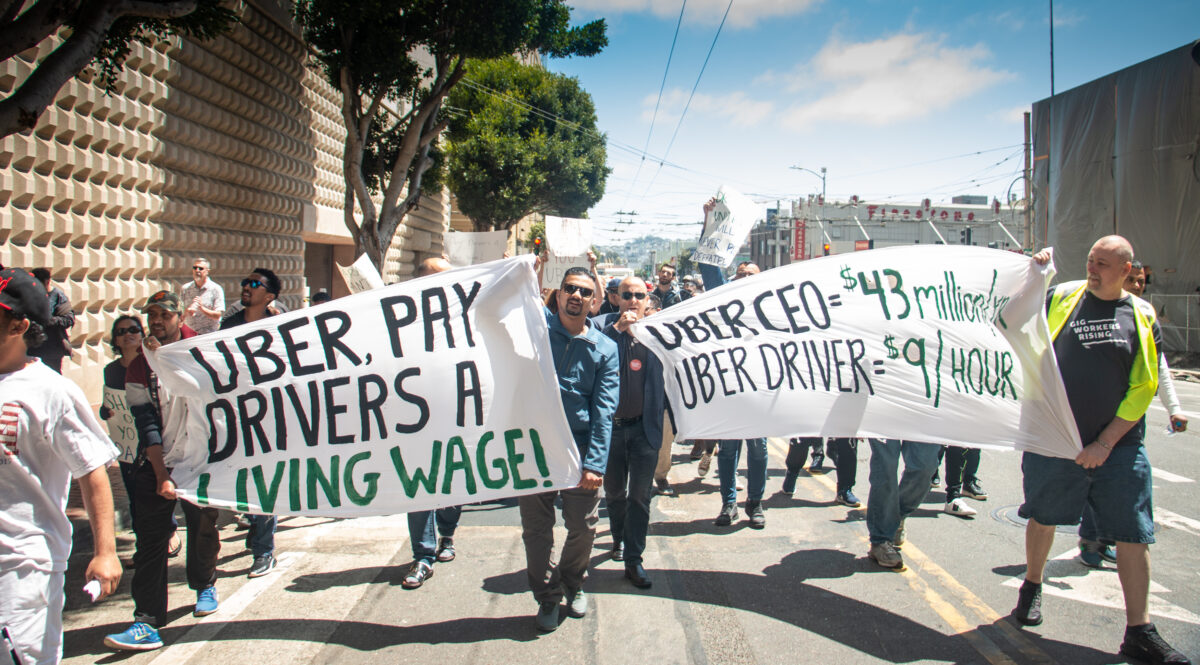The success of many of the most popular digital companies is in part based on a similar idea: disrupting an existing industry, by decreasing overhead costs of employment. The initial concept of ride-hailing companies, like Uber and Lyft was to not have any drivers as employees but connect independent contractors directly with the customer. The business model of transporting a person (by taxi) is not new but was often expensive and inconvenient. These start-ups did invest a lot in the development of user friendly, easy to use digital ecosystems which the traditional companies are now also catching up. Nevertheless, the main driver for their success was the low cost compared to the conventional offering. These low costs were achieved by, on the one hand not having to operate profitably due to enormous investments. More importantly, though they managed to drive prices down by not employing the people responsible for delivering the service. When Uber launched in Germany, every person with a car could sign up to the platform and with little checks, start transporting passengers and make some money in a short time. Today companies like Uber are fighting regulations around the world, which would make their services much more expensive. Their “employees” demand that they are fully employed by the respective company, including social security and health care benefits.
In California, the home of many of those companies, a law was passed to classify drivers as employees, with benefits like sick leave. It was immediately appealed, and new legislation called Prop 22 was proposed, which is heavily backed by the companies in question. According to the Washington Post, Uber and other gig companies spend nearly $200 million to promote this legislation, which would reverse the initial ruling and ensure that the workers would stay as independent contractors in the future (with some minor benefits).
In conclusion, it is crucial to keep in mind, that the low prices offered by ride-hailing apps do not just come from highly sophisticated algorithms, which calculate the most efficient routes for the drivers, and from the heavily backed companies’ possibility to not be profitable for many years. A significant additional reason is that low-income workers are exploited for cheap labour.
Sources:
Techcrunch: “I’m a software engineer at Uber and I’m voting against Prop 22”; https://techcrunch.com/2020/10/06/im-a-software-engineer-at-uber-im-voting-against-prop-22/
Washington Post: “Uber and gig companies spend nearly $200 million to knock down an employment law they don’t like – and it might work”; https://www.washingtonpost.com/technology/2020/10/09/prop22-uber-doordash/


